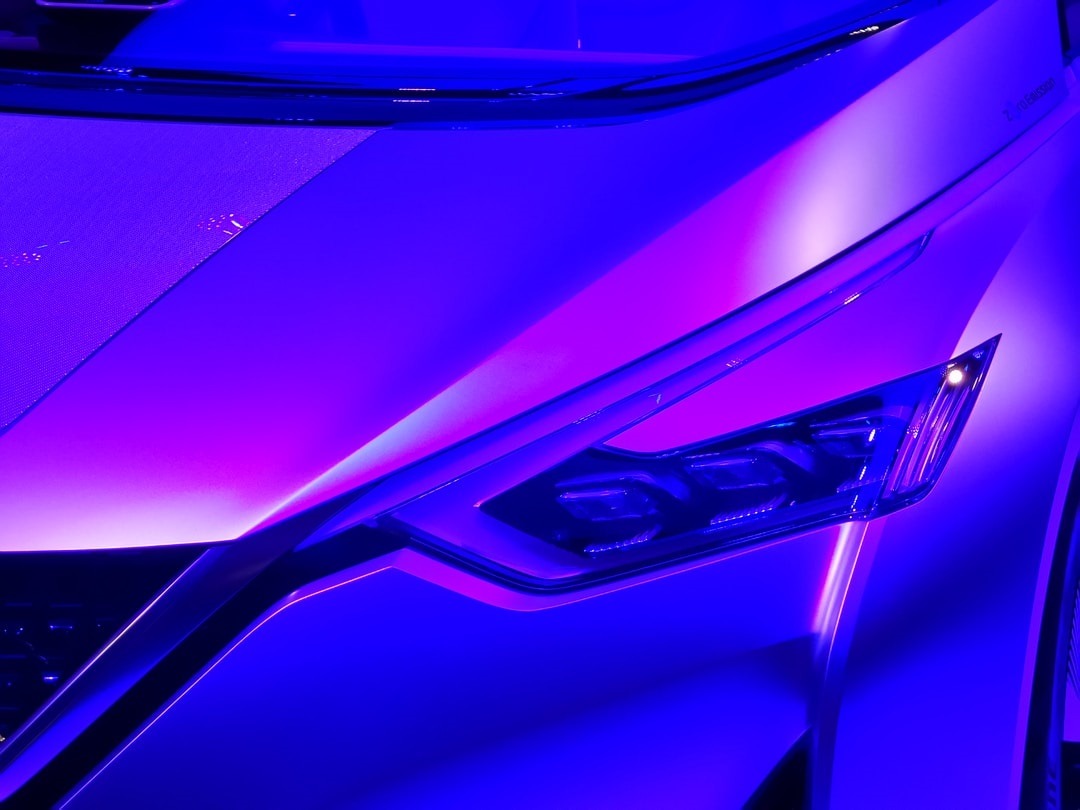Digital twins are a relatively new strategic technology trend. Think of all the virtual models of planets, weapons, and jet engines you’ve seen on the silver screen, and you have the basic concept of a digital twin. It may be something you’ve only seen in spy and action thrillers, but it’s very real and supports a multitude of real-world functions.
Digital twin technology impacts various manufacturing processes, from supply chain management to preventive maintenance. It would take years of schooling to learn all digital twins are capable of and how they work, but it’s a worthwhile field of endeavor. Data science has quickly become one of the fastest-growing industries.
1. Building Smart Factories
Maybe the best digital twin example is the use of digital models to design smart factories. Smart factories are the wave of the future. Indeed, many already apply robotics in their manufacturing operations, but that’s barely scratching the surface. The insights from digital twin simulations enable manufacturers to reimagine how their factories look and function.
Designers can use digital twin processes to model physical objects and entire physical worlds, enabling them to build virtual factories. They can create digital models using analytics and algorithms to implement design data.
Through analyses of these digital worlds, designers can perfect their physical worlds without trial and error. They can test their digital world and detect and iron out wrinkles before building their physical twins. These virtual simulations enable builders and manufacturers to protect physical assets and save time and money on building.
2. Product Design

It takes a lot of time and money to get products from the design phase to the market to be bought and sold. Therefore, companies can significantly reduce the cost and uptime of projects by creating a digital twin concept first.
Different industries use digital twins for product design, but the automotive industry might be the most prevalent user. Digital twin applications enable automakers to get their products from the design room to consumers with greater efficiency. They can optimize the physiological characteristics of their digital models, allowing them to perfect their physical products. In addition, digital twin models help car companies design the latest safety features and maximize product performance.
The aviation industry also uses digital replicas to fine-tune their real-world flight vessels. One of the reasons our military has the best fighter jets globally is because they use digital technology to create and test designs. This gives them the ability to think outside the box and create unique design concepts without costly physical materials.
3. Process Models
If it seems we’ve talked a lot about trial and error, that’s because it’s hard to imagine how costly that process is. One of the most effective uses of digital twin technology is testing processes. Digital visualization of real-world processes enables machines to make predictions for all the things that could go wrong.
Seeing the possibilities in a digital environment enables designers to predict how they’ll function in the real world in a physical environment. They can see worst-case scenarios unfold in real-time and mitigate them during the design phase. This adds significant value to designers, enabling them to identify ways to optimize the user experience before their products hit consumer markets.
The use cases for digital twin technology will continue to grow with machine learning, IoT, and other artificial intelligence applications. Just think—Industry 4.0 is just beginning its takeover of the manufacturing industry. In the future, governments could use digital twins to plan and optimize entire cities using computer simulations. Digital twin modeling has already caused a seismic shift in manufacturing processes. Imagine what it will do next!processes. Imagine what it will do next!